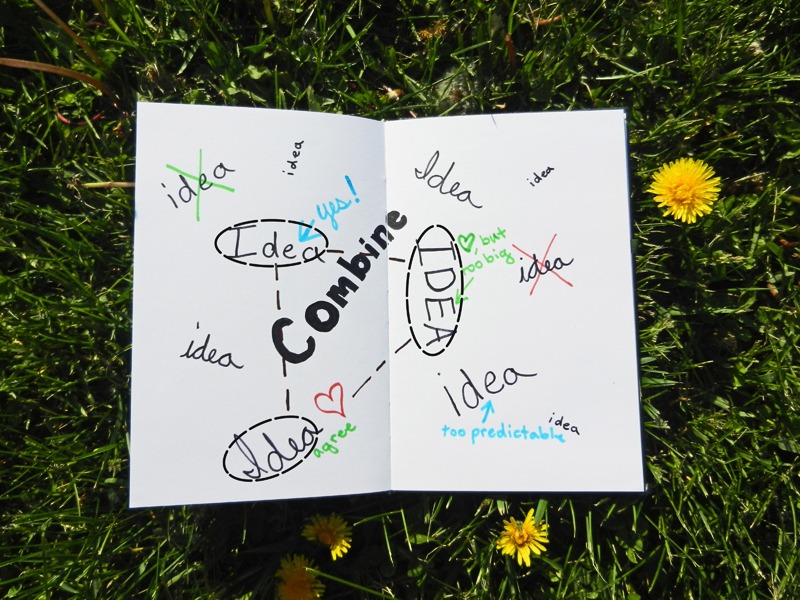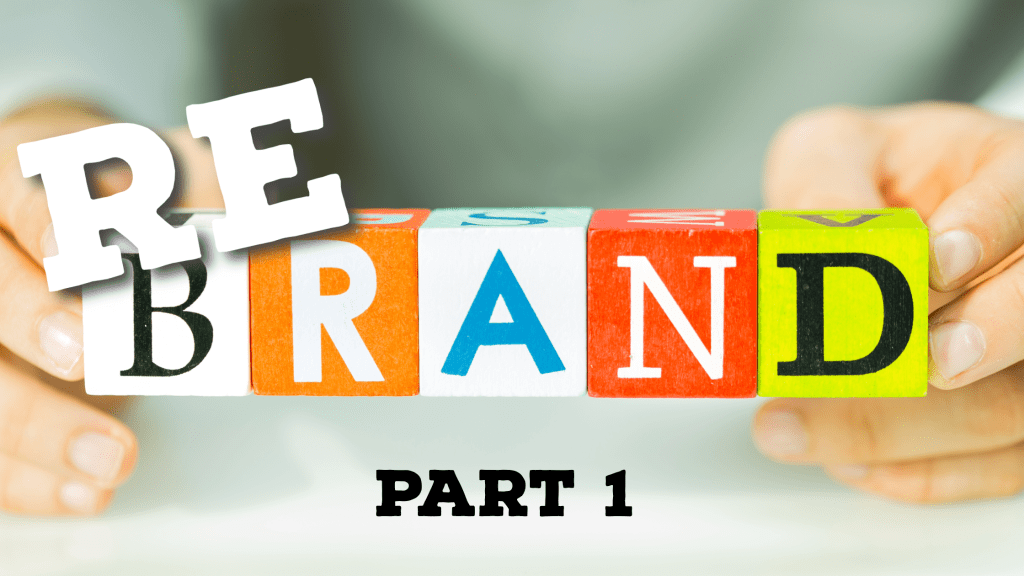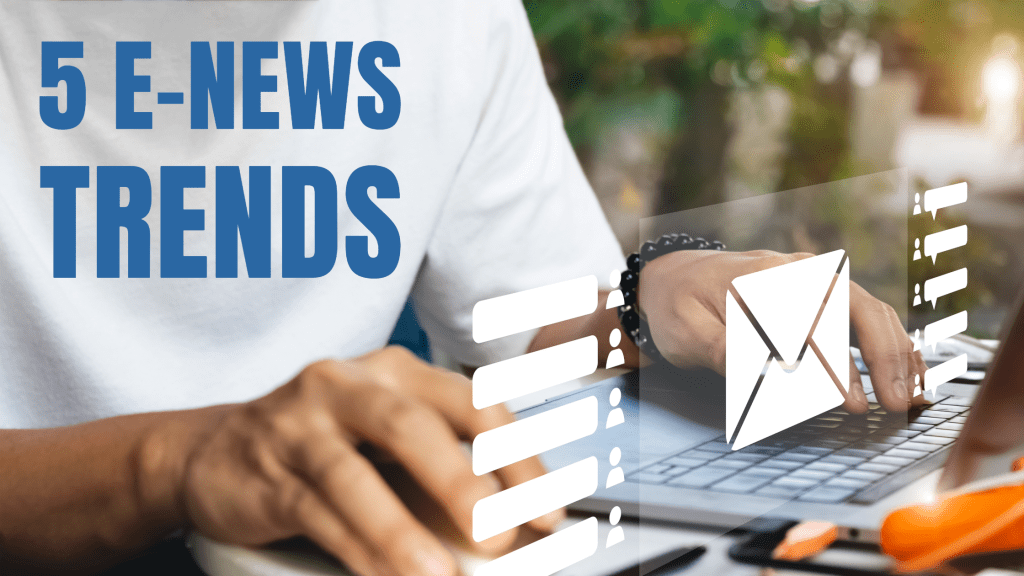Ever wonder what we do when you come to us with a new project? Take a look inside the creative process we go through as designers!
By Michelle Stam, WP graphic designer
Creative process is a common term, but could you define it? Obviously, it’s a process designers use to create things…but what does it really mean? Is it just brainstorming? Are there any other elements that go into it?
If I asked you to define the word “creative,” every person reading this article would likely give me a different answer. So instead of doing that, I’ll share with you a helpful definition of creativity from Stefan Mumaw, the Director of Creative Strategy at Hint, a creative content and experience design studio. Mumaw defines creativity as “problem solving with relevance and novelty. Relevance: the degree by which a problem is actually solved. Novelty: the degree of uniqueness or originality a solution possesses.”
So creative process = a problem-solving process that includes relevance and novelty. (But since “creative process” is waaaaay shorter, let’s just stick with calling it that!)
Now that we know what we’re talking about when we say “creative process,” let’s dive into what writing and creative pros do when a new design job lands on our desks (or, sometimes more accurately, in our inboxes).
1. We look over the details of the job and decide which designer it is best suited for. Yes, I’ll admit it, we’re human. Like everyone else, we each have strengths and weaknesses. If a project has a tight turnaround time, budget, or both, the designer who is strongest in the skills your job requires will work on it. If it is a larger project, two of us may work on different components and put it all together in the end. Each job is different, which keeps us on our toes!
2. We review the goal of the design project. Will the end product convey the message that you, the client, want? Does the message need to be adjusted? Could it be worded better? (Hint: that’s something we happen to specialize in at the Write Place!) Is the goal too small? Too big? We’ll give you feedback and help you determine the best plan of action to achieve your project’s objectives.
3. We research and gather data for the project. Some projects are straightforward, but most need thought and insight. We’ll think about who the target audience is and what will appeal to them. Are there industry terms we need to be aware of and use? A certain style the audience expects to see? If we stray from using that expected style, will the design stand out or look unprofessional? We’ll do our homework to make sure we have all the background knowledge we need. By the end of our research, we’re basically experts on whatever your product, company, or subject matter is (at least to some extent)!
Perk of the job: we get to learn new things all the time!
4. We make sure the goal for the project is still on track. In the data-gathering stage, we may come across something that puts a whole new spin on the project that will affect the end goal or the way we achieve that goal. We may find sources of information that suddenly make your goal too big. Or we may discover there isn’t much data out there to achieve your goal and we’ll have to create a lot of things from scratch…which will take more time to execute than originally planned. We’ll always keep an open flow of communication with you during this process, which means you’ll likely get lots of emails and calls from us if we discover we need to change the plan of action. It’s important we’re all on the same page!
5. We get creative (remember, that’s problem solving with relevance and novelty) and ideate (yes, that’s a word used in creative circles—it’s just a shorter way of saying we come up with ideas). We’ve actually been ideating from the beginning of the project. As creatives, it’s impossible for our minds not to start coming up with solutions immediately after hearing about the problem. But the most effective ideation comes after we’ve defined the goals of the project and gathered data, when we identify all the different solutions that could lead us to the end goal. Some solutions will be obvious, and others will be so far out there that, even though they’d be really cool, they would be impossible to actually execute. At this point anything goes and every possible solution, no matter how crazy it seems, can be laid on the table.
6. We select the best solution based on your goals and budget. This step in the process can be hard. We may have a really great idea that we have to scrap because it’s too big and complicated to fit in your budget or we don’t have the team-power to execute it. Many times, more than one idea is put together to find the perfect combination of relevance and novelty that will lead to the solution that best embodies your end goal.
And that’s all there is to it! Well…until we start circulating drafts and working on change requests. But don’t be shy to give feedback, because it’s ultimately your input as clients that polishes off a great project.
Now you have a little glimpse into the creative process we use every day. So, if you have a design project sitting on your back burner and aren’t sure if it’s a good idea or if your message is on target, we can help you hone it into something great. Or, if you have a great idea already and haven’t had the chance to do anything with it, send it our way! We’ll help you turn your idea into reality.



